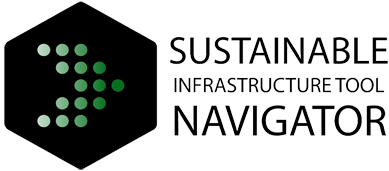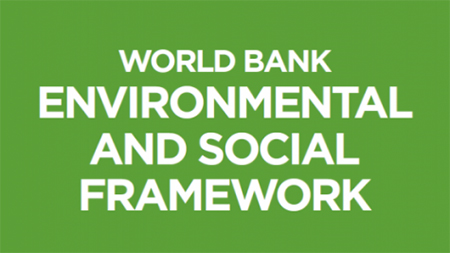World Bank Environmental and Social Framework
Organization
Type(s) of Tool
Sector(s)
Lifecycle Phase(s)
Open Source
Language Availability
Country of Origin
Date of Development
Version
Description
The World Bank Environmental and Social Framework (ESF) sets out the World Bank’s commitment to sustainable development through a Bank Policy and a set of environmental and social standards that enable borrowers to better manage environmental and social risks of projects and to improve development outcomes. The tool offers an assessment of environmental and social risks and impacts of projects throughout the project life cycle in a systematic manner proportionate to the nature and scale of the project and the potential risks and impacts. Since 2018, the framework applies to all World Bank investment project financing.
Tool Outcome
Since 2018, the ESF assessment of the environmental and social risks and impacts is obligatory for projects that receive loans under the World Bank’s “investment project financing” scheme.
Sustainability Criteria
The ESF evaluates the efforts of infrastructure projects in 10 areas:
– Assessment & management of environmental and social risks and impacts
– Labour & working conditions
– Resource efficiency & pollution prevention
– Community health & safety
– Land acquisition
– Biodiversity conservation
– Indigenous peoples
– Cultural heritage
– Financial intermediaries
– Stakeholder engagement & information disclosure


